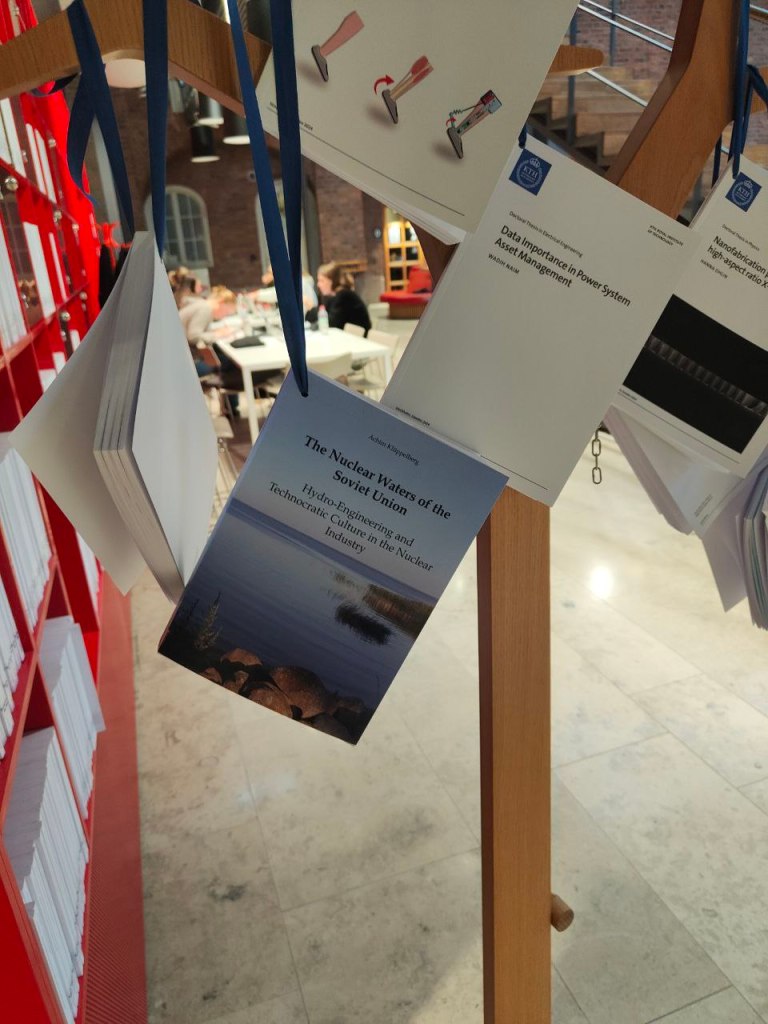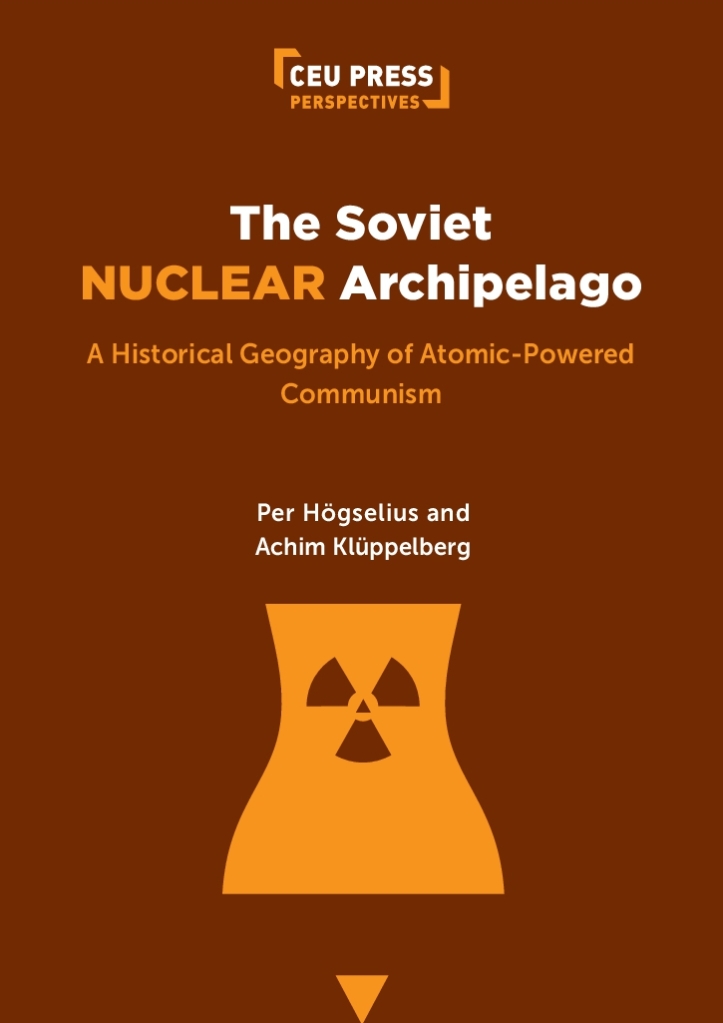About this book
The war in Ukraine, with the exposure of nuclear power stations and the danger of atomic warfare, has made the legacy of the Soviet nuclear sector of critical importance.
The two authors map the Soviet nuclear industry in a shifting historical context, making sense of a complex socio-technical and environmental history. Taking an innovative approach, this book explores the history of atomic power in the former Soviet Union using the spatial dimensions of the nuclear industry as a point of departure. The key concept is that of the archipelago – a network of nuclear islands and facilities spread throughout the Soviet territory, but mutually reliant on each other and densely connected.
The story traces the emergence of nuclear science and technology for military and civilian purposes through to the post-Soviet Russian nuclear corporations as providers of resources and technology. The book explains how nuclear developments in the Soviet Union interacted with processes of environmental and landscape change. The spatial lens offers an analytically fruitful and pedagogically stimulating way to comprehend the nuclear histories of the Soviet Union and its successor states.
This book is published in open-access here.
If you fancy a papercopy, check out your local bookstore or click here.
Author information
Per Högselius is Professor of History of Technology at KTH Royal Institute of Technology, Stockholm. He holds a MSc in Engineering Physics, a PhD in Innovation Studies and a Docent (Habilitation) degree in History of Science and Technology. He specializes in transnational studies of energy and infrastructures in historical perspective, with a particular emphasis on East-West relations. His publications include the award-winning Red Gas: Russia and the Origins of European Energy Dependence (2013), Europe’s Infrastructure Transition: Economy, War, Nature (co-authored with Arne Kaijser and Erik van der Vleuten, 2016), and Energy and Geopolitics (2019). He currently leads the ERC project NUCLEARWATERS: Putting Water at the Centre of Nuclear Energy History (2018-2023).
Achim Klüppelberg defended his PhD in History of Science, Technology and Environment at KTH Royal Institute of Technology in Stockholm (2024). He holds a BA in History and Political Science (2013) and an MA in Eastern European History (2016), both from the University of Göttingen, Germany. His studies also included a longer stay at the Russian State University for the Humanities (RGGU). His doctoral project focuses on the on the nuclear history of the Soviet Union and its successor states. He is a member of the German Society of Historians.
Keywords
Soviet Union; Nuclear Energy; Water; Archipelago; Energy Systems; Russia; Ukraine

This book is actually a compilation thesis comprising a kappa and six articles. It is also my dissertation. If you want a physical copy, just drop me an email (achim.klueppelberg[at]t-online.de)!
Abstract
After the development of nuclear weapons, civil applications were seen as a way through which protagonists of Soviet modernity could embrace a new future, which Josephson called atomic-powered communism. Where hydro-powered communism had reached its boundaries, nuclear energy was to take over. Crucial parts of the Soviet nuclear industry were based on the use of water. The mantle of progressiveness, innovation, and status previously embodied by the hydropower industry was taken up by emerging nuclear technocrats. While scholars have readily engaged nuclear power as a topic, they have neglected its hydraulic roots and hydro-nuclear entanglements, especially for cooling and other technological purposes. An important but yet overlooked influence came from the creation of Soviet hydraulic-hydropower technological systems.
This doctoral thesis fills a twofold gap in the existing literature. First, water is placed at the centre of an analysis of the Soviet nuclear programme. Pipes, valves, tanks, pumps, pressure mechanics and gravity approaches all use much older inventions and engineering mindsets, which are generally not considered in the existing historiography concerning nuclear energy. Aquatic systems, riverbeds, industrial improvements, watersheds, and fluid pathways of potential contamination have not sufficiently been linked to the rapid development of the nuclear industry, even though toxic radioisotopes were spread across the globe.
Second, it analyses how technocratic culture influenced nuclear decision-making processes. Therefore, discourses of siting Soviet nuclear power plants in the period between 1954 and 1991 are analysed under a water and technocratic culture perspective to tap more accurately into the links between the nuclear industry, hydraulic engineering, economic imperatives, power and hierarchy, as well as state-communist ideology. The dominant culture present at the construction site of a nuclear power plant determines the circumstances, within which regimes of nuclear safety are defined and operated. If we want to understand the underlying reasons for why nuclear safety was mismanaged in the USSR, we need to investigate the details and everyday decision-making process made by people on the ground, also in order to see which mistakes should not be repeated in the future. Therefore, this work proposes an original technocratic culture analysis to explain these issues within a Soviet context, based on three subcategories designated as political, nuclear inner circle, and safety culture.
Consequently, insights from these investigations shall serve to broaden our understanding of the phenomenon of the Soviet nuclear industry’s fast development, by answering the main research question of how technocratic culture influenced hydraulic engineering practices in the Soviet nuclear industry and how this affected safety. The two foci, water and technocratic culture, are interlinked and thus investigated together. By highlighting hydro-nuclear entanglements at crucial nuclear installations throughout the USSR, this thesis contributes to a more sophisticated understanding of the environmental consequences such a technological system entails, stressing the necessity for nuclear safety under the long shadow of the state-communist legacy that continues to influence how we live in Europe today.
